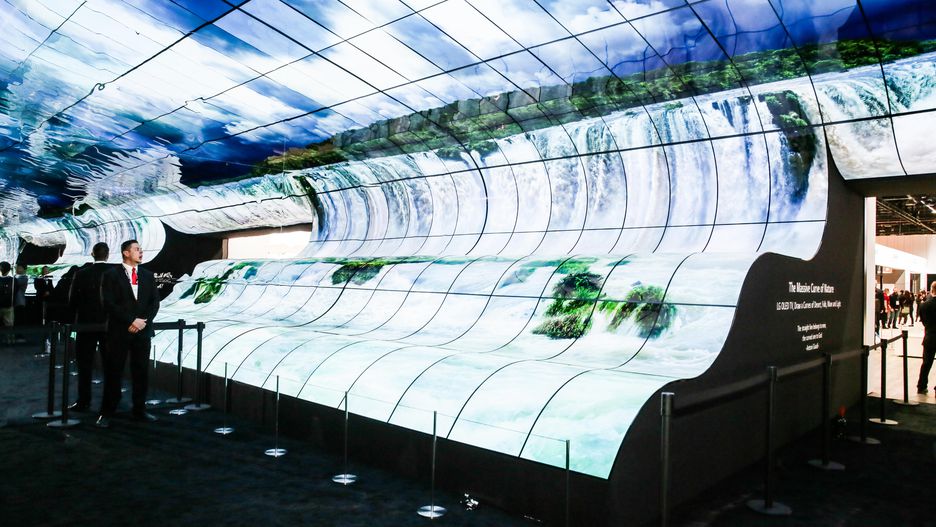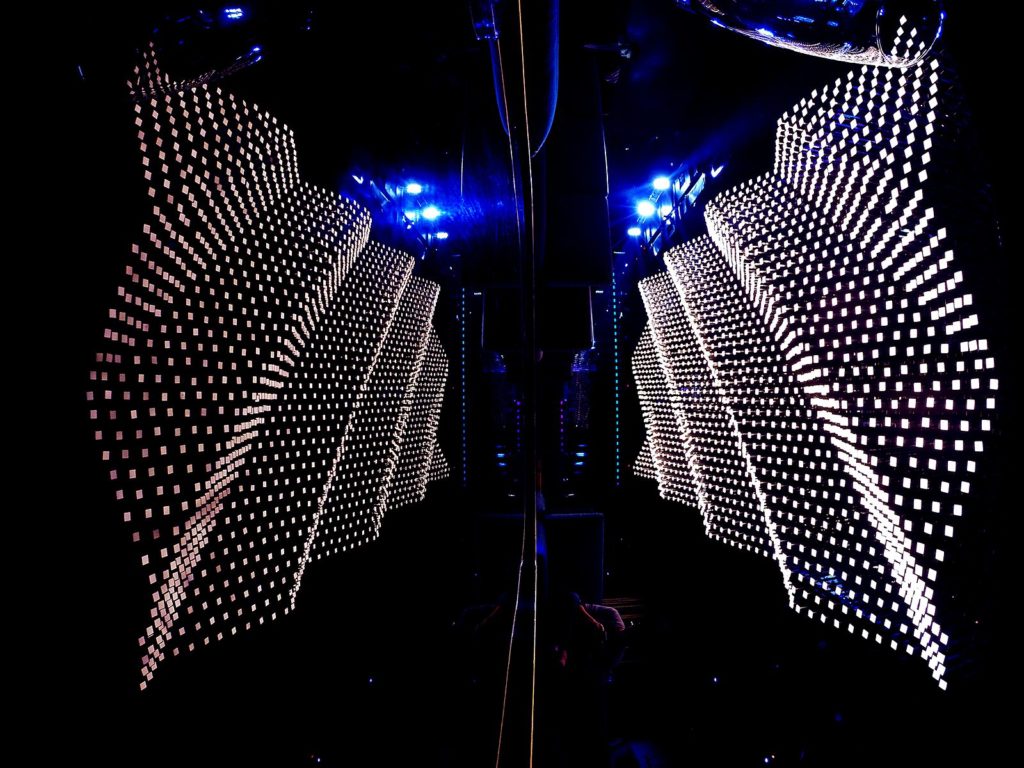
Our CTO Says Homes Could Soon Have Digital Wallpaper with OLED Tech
Written by: Colton Radford, Content Marketing Strategist
Here’s what he means and how it would work.
You’ve probably heard the old saying “If these walls could talk.” It’s usually in the awkward context of your parents visiting their old college dorm room or maybe the dramatic context of the 1996 film If These Wall Could Talk starring Cher and Demi Moore.
Regardless, the phrase has never had much of a literal meaning. But it soon could. Imagine if the walls in your home were covered in paper-thin sheets of light-emitting diodes that displayed video like a giant television and could be controlled by your cellphone. Imagine changing the wall color with the press of a button based on your mood. Or stream video – view weather anywhere in real-time instead of constantly checking weather apps. You could even transform your walls into a beautiful work of art.
The coolest part? This type of tech isn’t that far out of reach. In a recent Forbes Technology Council article, Forbes Technology Contributor and CTO of Leverage, Tom Altman, shares how this type of technology is happening now and predicts it will soon expand into the average household. The price tag is very large now – but it could affordably make it into homes in the next five to 10 years.
Let’s dig deeper into his prediction to understand how it would work and what’s keeping it from being on walls everywhere.

Futuristic thoughts of a futuristic leader
In the Forbes article, Tom discusses how digital wallpaper could work using sheets of OLEDs which are becoming increasingly affordable as the relatively new technology is fine-tuned. Tom paints a picture of people adding the digital walls in their homes to transform with the time of day, with the seasons, or to match their current mood.
He also touches on the idea of streaming live video to the digital wallpaper, similar to a video call. Can’t make the soccer game or the concert? Stream it into your home and enjoy it on one or more walls, transcending time and space.
How would it work?
To make household digital wallpaper work, it requires leveraging an existing technology called OLED. It sounds complicated, but you have likely used this technology on small scale already. OLEDs (organic light-emitting diodes) are just a more modern version of LEDs, those tiny energy-efficient lights that get extremely bright without burning hot like a traditional lightbulb.

Obviously, where OLEDs differ is in their ability to gain power from organic molecules. There’s a bunch of complicated science that explains how LEDs work in comparison to OLEDs, but for our purposes, it really doesn’t matter. They both achieve relatively the same thing. The unique trait of OLEDs is that they can be printed onto plastic (basically just using a modified inkjet printer) and they’re much more thin, light, and flexible than glass LEDs.
Other benefits of OLED technology include the fact that it consumes very low amounts of energy, has a very fast refresh response time, and produce colors in insane accuracy—all great characteristics of a massive TV-like screen.

The problem with OLEDs
OLED tech is still in its infancy, and just as LCD televisions
How else can OLEDs be used?
Despite its steep cost, it’s possible you already own a gadget with OLED technology and don’t even know it. Galaxy smartphones built after 2014 have OLED displays and the more recent Apple Watch uses an OLED display to ensure there’s enough space for its other

Beyond being used in small tech devices and perhaps digital wallpaper in homes, OLEDs have the potential to expand into other mediums such as animated billboards and pages for electronic books and magazines.
